More Than Aesthetic: How Design Drives Profit in Hospitality

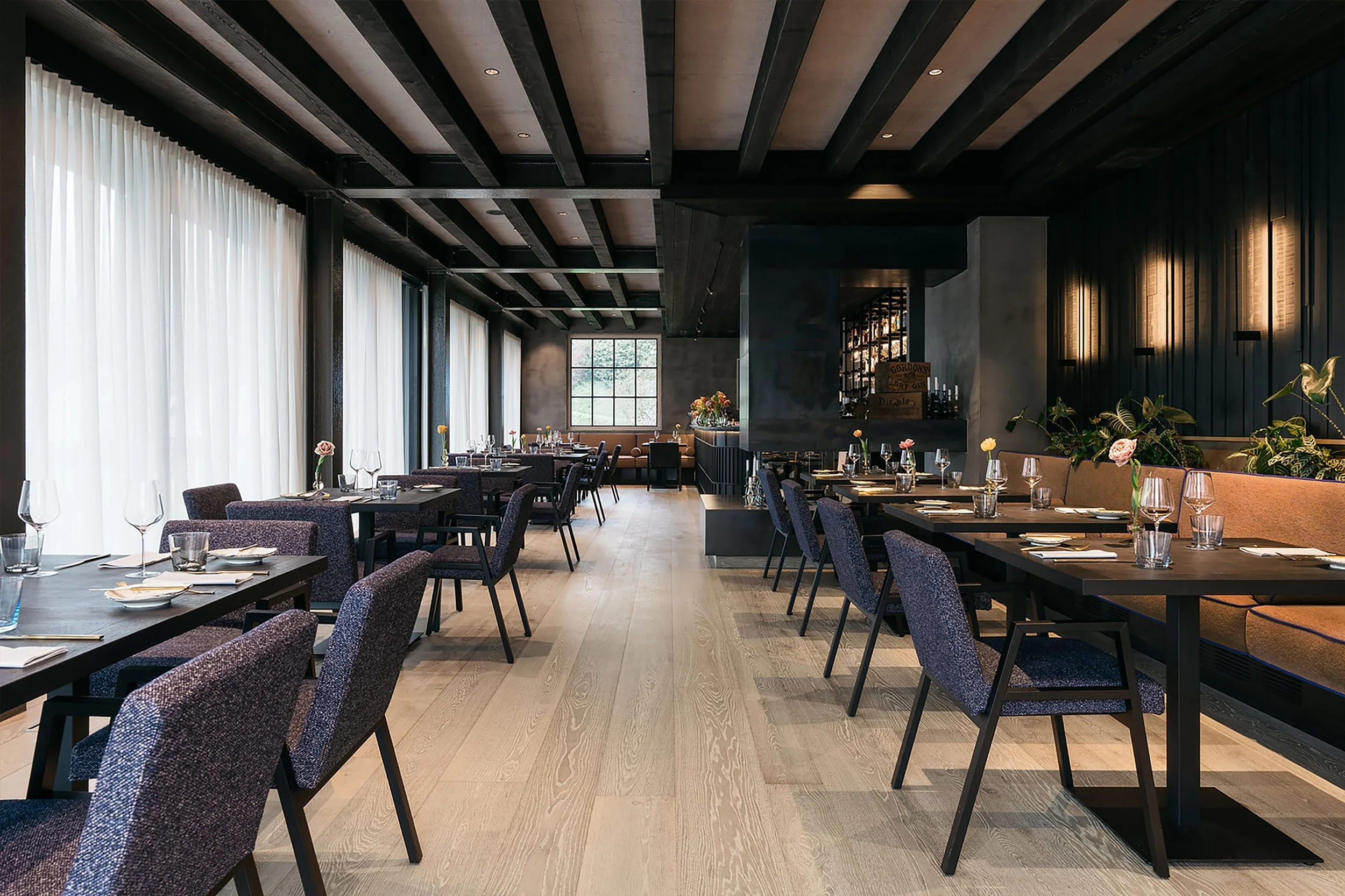
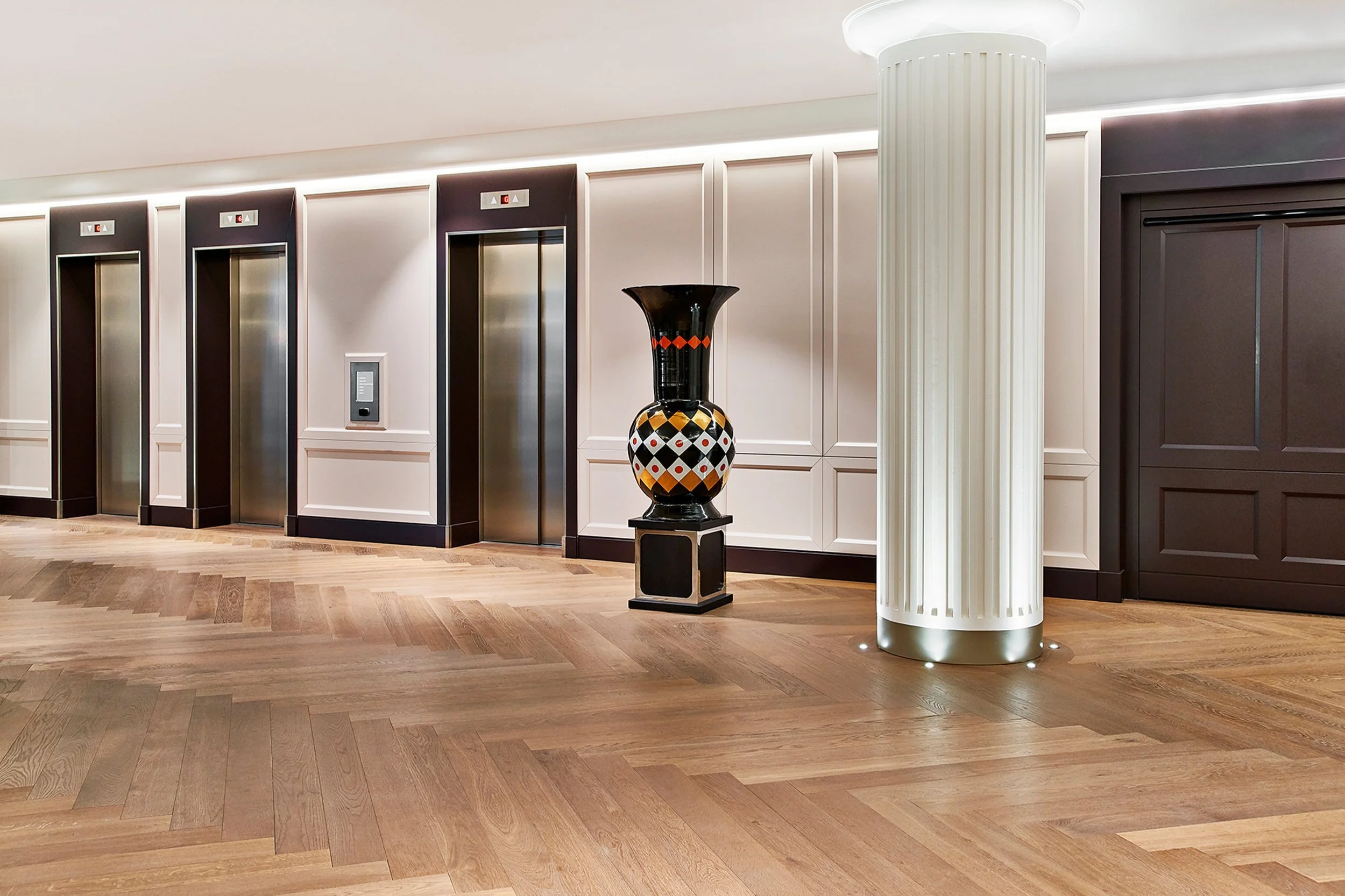
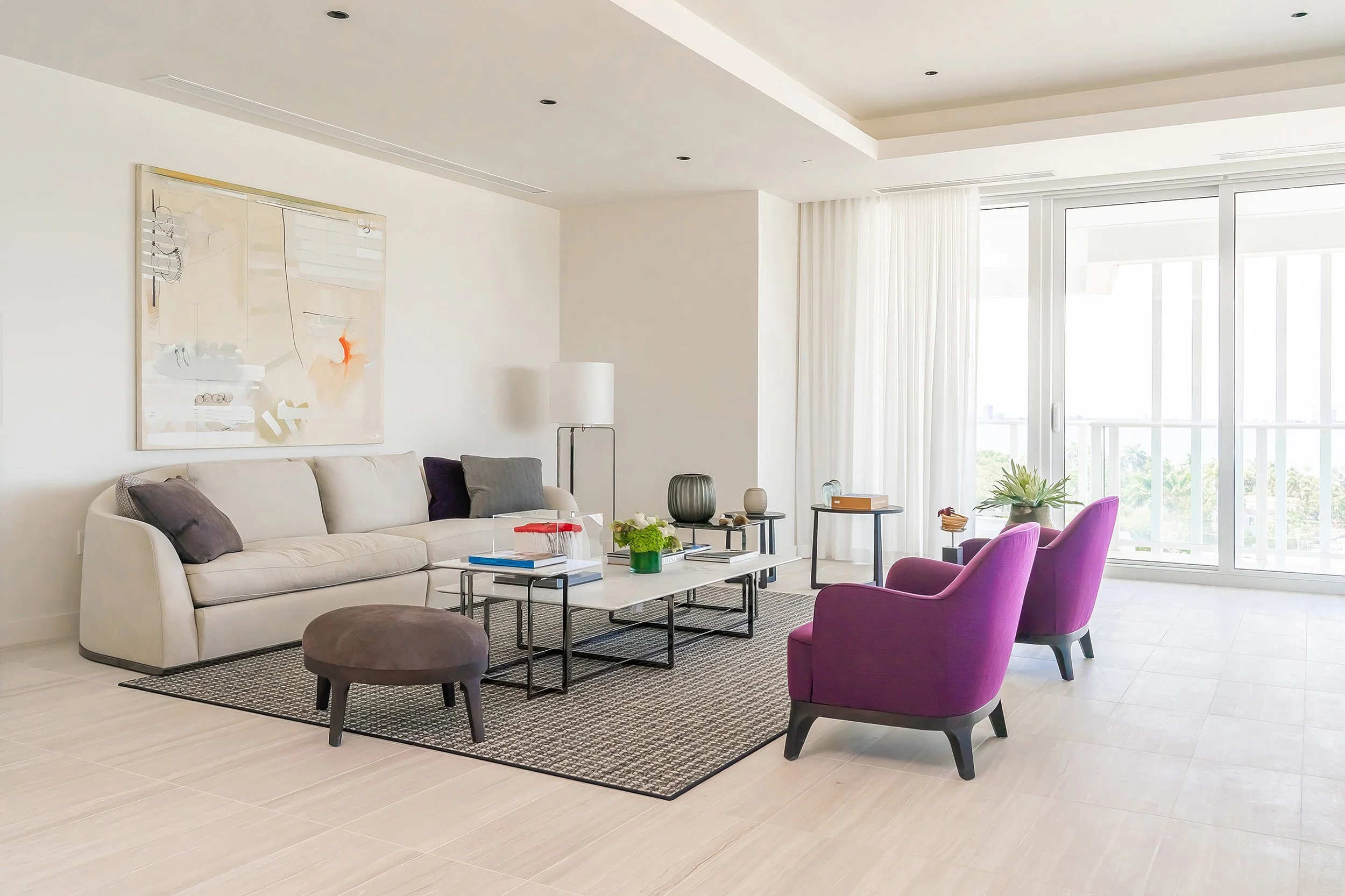
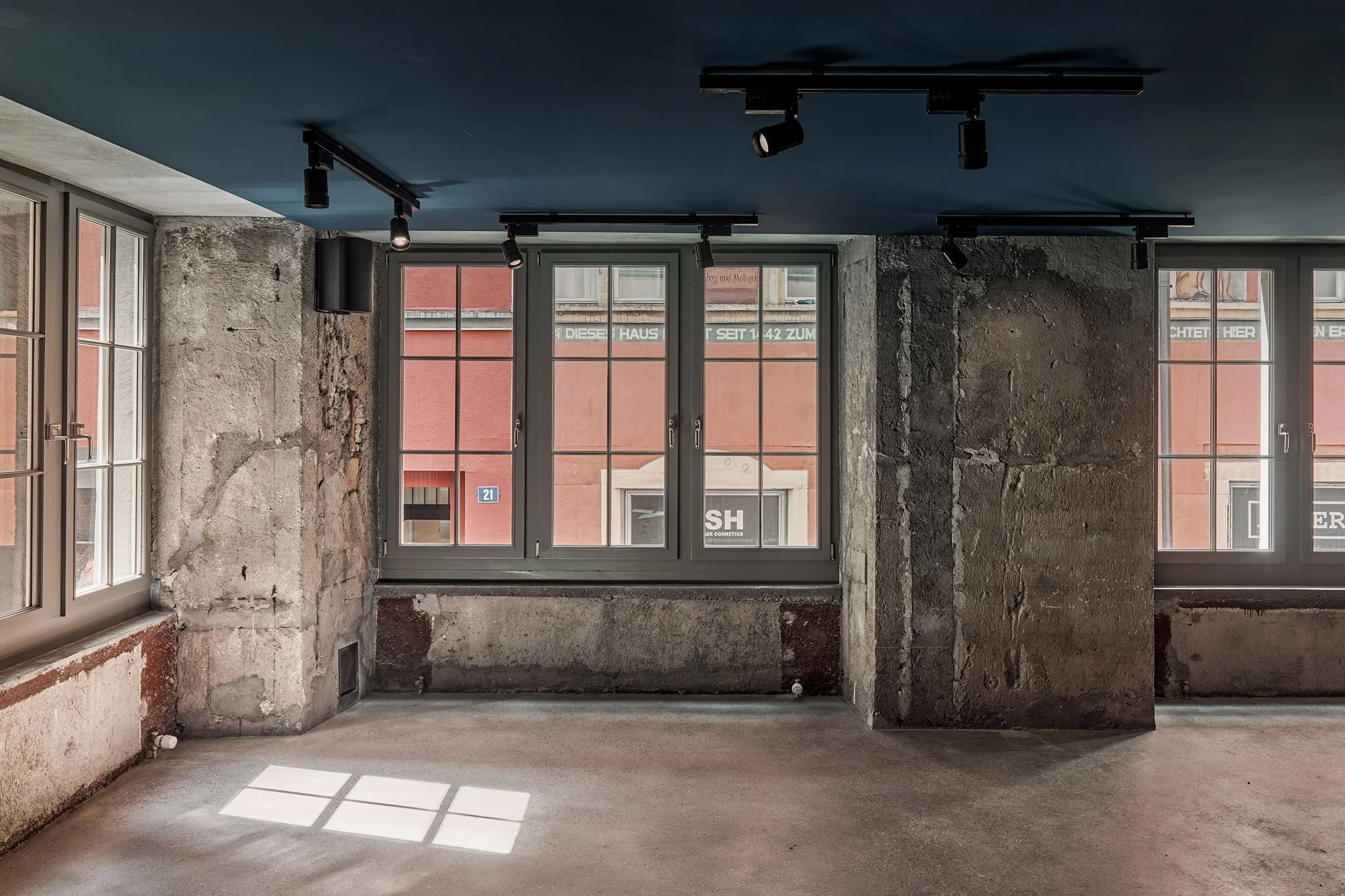
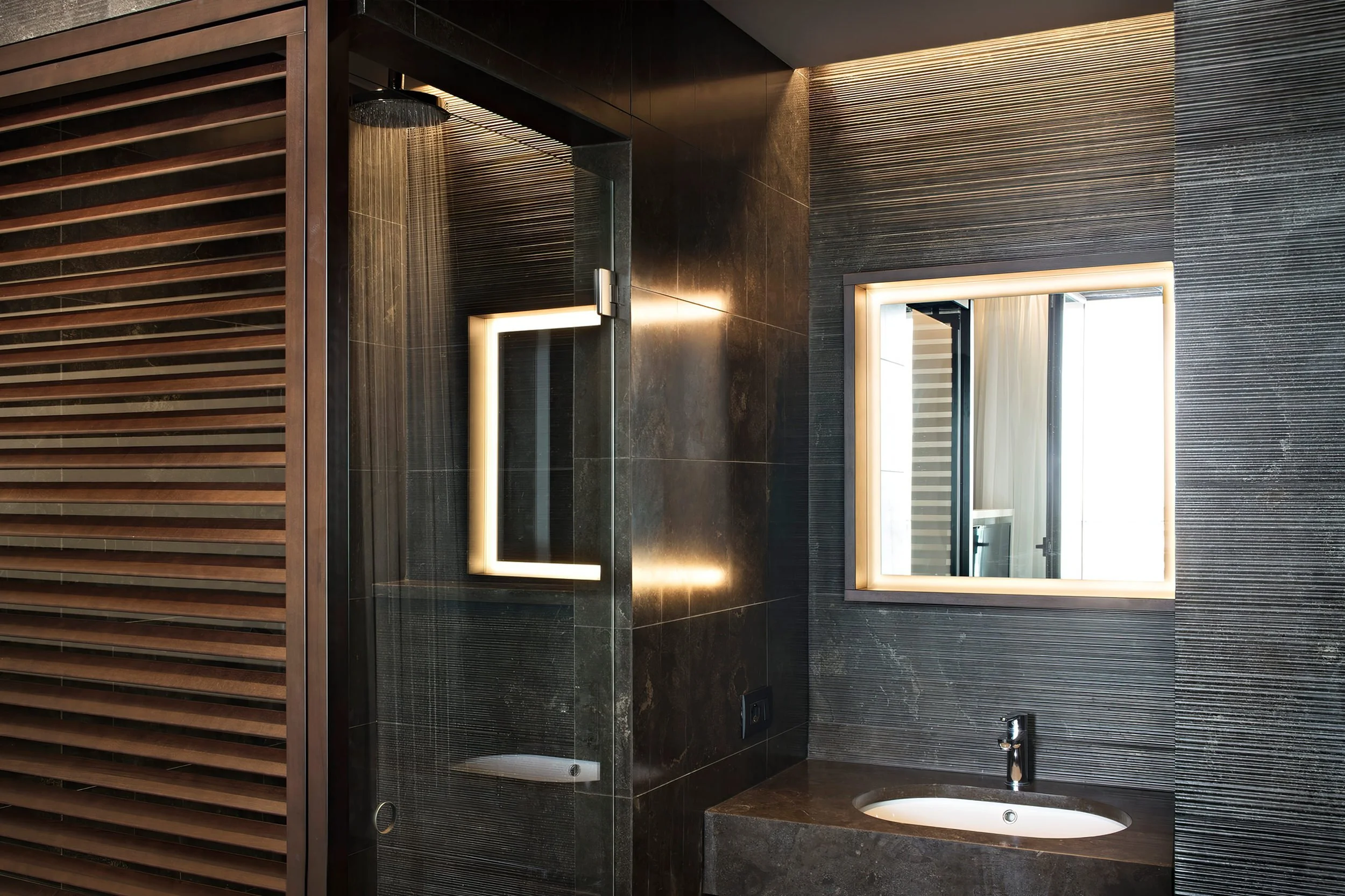



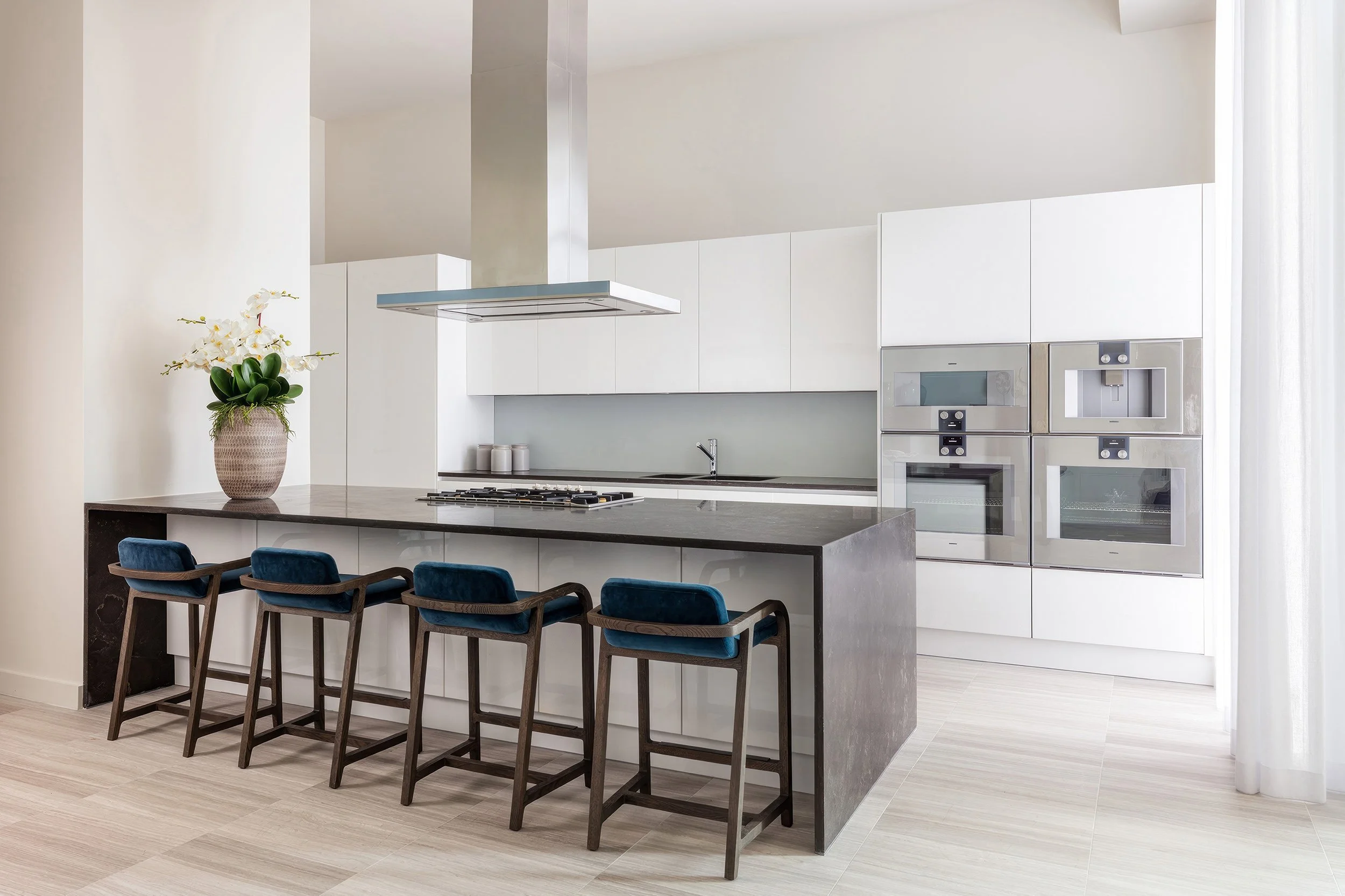
In the hospitality industry, design is not merely decoration—it's a business tool. The right choice of materials, lighting, and layout doesn't just shape a room; it shapes perception, mood, and behavior. From the grandeur of a hotel lobby that welcomes guests with elegance to the serenity of a spa whose lighting and textures soothe instantly, every design decision can be a lever for value creation.
Design impacts how a space is experienced—and, crucially, how much guests are willing to spend. In an era where guests seek more than a bed for the night, design has become a language of hospitality, a way to deliver emotional resonance, brand clarity, and measurable financial returns. When done right, investing in architecture and interior design isn’t just a creative endeavor—it’s a financial strategy.
Short-Term Financial Gains
Renovating or designing with purpose often brings immediate results. Hotels that revamp their interiors or upgrade surfaces with intentionality frequently report a tangible uptick in revenue. Studies in recent years have found that capital investments in renovation correlate directly with increased room rates and lower ongoing maintenance costs.
This makes sense—when spaces are optimized both functionally and aesthetically, they reduce operational friction while enhancing the guest experience. This directly boosts performance metrics such as ADR (average daily rate) and RevPAR (revenue per available room).
Beautiful spaces make lasting first impressions. A thoughtfully designed hotel or restaurant is more likely to draw guests in and encourage them to return. This isn’t a theory—it’s reflected in market behavior. Higher occupancy rates often follow upgrades to communal areas, room finishes, and wellness facilities. Design done well becomes a catalyst for satisfaction and spending.
Long-Term Value Creation
Design isn’t just about the now—it’s about what endures. In a world increasingly driven by experience, memorable environments build loyalty. High-quality design has the power to plant emotional memories. A textured wall, a warm hue, a perfectly balanced room—they all register subconsciously and invite return visits.
Over time, this emotional imprint transforms into brand loyalty. Guests not only come back, but they talk—sharing experiences with others, organically building reputation and desirability.
Luxury hospitality brands that consistently invest in their visual and spatial identity are the ones that stay relevant over decades. Design becomes their differentiator—one that commands premium pricing and deepens customer relationships. In a saturated market, a unique and immersive atmosphere is a serious competitive edge.
Atmosphere as Strategy
We’re living through a shift from product-based offerings to emotional, immersive experiences. In this experience economy, the story a space tells is just as important as what it offers.
Guests want to feel something. They want connection, culture, and authenticity. And architecture is how that emotion is structured. Through choices in color, acoustics, natural light, materiality, and layout, designers create atmospheres that resonate.
Textures invite touch. Natural materials feel grounding. Spatial rhythm provides comfort or surprise. Even subtle design decisions can change how long a guest lingers, how much they spend, and how positively they remember their stay.
And when design draws from local stories, materials, and cultural references, it’s no longer a matter of taste but rather a matter of substance. These are the kinds of experiences that not only attract discerning guests but turn them into ambassadors for the brand.
Strategic Investment, Not Decoration
None of this is to say that design should be pursued frivolously. Great design is a serious investment—of time, money, and vision. But when planned strategically, it delivers real return.
The upfront costs may be significant, but the long-term benefits—from reduced maintenance to higher guest satisfaction—more than compensate. The key lies in aligning the design approach with broader business goals and operational realities. And today, one of those realities is sustainability.
Sustainability is no longer a buzzword; it’s a requirement. Hospitality brands are expected to reduce environmental impact and increase transparency. Design plays a key role here too—through material selection, energy-efficient systems, and timeless aesthetic choices that reduce the need for constant renovation.
Our Perspective
At hochwert, we work closely with hospitality professionals, architects, and designers to select surfaces and fixtures that don’t just look great, but perform. We believe design should elevate experience, embody values, and support long-term vision.
Whether it’s a countertop that ages gracefully, a tile that withstands high traffic, or a water fixture that delivers wellness through precision and beauty, we curate materials that serve both the emotional and economic goals of a project.
Design isn’t a luxury. It’s a transition. And when done right, it’s one of the most powerful tools a hospitality business has to grow, inspire, and thrive.
Mehr als nur Optik: Wie Design im Gastgewerbe den Gewinn steigert
Im Gastgewerbe geht es bei Design nicht nur um Ästhetik. Es geht um Wert – echten Mehrwert. Vom beeindruckenden Empfangsbereich eines Hotels bis zum sanften Licht in einem Spa: Jede Oberfläche, jede Leuchte, jeder Raumfluss beeinflusst, wie sich Gäste fühlen – und wie viel sie bereit sind auszugeben. Wenn Design und Architektur gut gemacht sind, sind sie keine Kostenstelle, sondern eine clevere Finanzstrategie.
Schnelle finanzielle Erfolge
Hotels, die mit klarer Absicht renovieren, sehen oft sehr schnell Erfolge. Es ist kein Zufall, dass Investitionen in Renovierungen unmittelbar zu mehr Umsatz führen und gleichzeitig Wartungskosten senken. Gutes Design macht den Aufenthalt reibungslos und begeistert Gäste – die perfekte Mischung, um wichtige Kennzahlen wie den durchschnittlichen Tagespreis (ADR) und den Umsatz pro verfügbarem Zimmer (RevPAR) nach oben zu treiben.
Studien zeigen auch: Attraktive und durchdachte Räume ziehen mehr Gäste an. Es ist einfach logisch – wer sich wohlfühlt, kommt gerne wieder. Luxusmarken wie The Ritz-Carlton setzen genau hier an und schaffen durch Design einzigartige Erlebnisse, die den Umsatz kurzfristig ankurbeln und die Gäste langfristig binden.
Langfristiger Wert – mehr als nur ein schneller Gewinn
Design ist kein kurzfristiger Trick, sondern die Basis für nachhaltiges Wachstum. Räume, die mit Sorgfalt gestaltet sind, bleiben im Gedächtnis – sie schaffen emotionale Verbindungen, die Gäste immer wieder zurückbringen. Hochwertiges Design stärkt die Markenbindung und sorgt für treue Stammgäste, die durch Empfehlungen neue Kunden bringen.
In einer Zeit, in der Erlebnisse immer wichtiger werden, bieten Hotels mit besonderen, emotional ansprechenden Raumkonzepten einen echten Wettbewerbsvorteil. Sie positionieren sich als Premium-Marke und ziehen genau die Gäste an, die bereit sind, für ein außergewöhnliches Erlebnis mehr zu bezahlen.
Atmosphäre als Erfolgsfaktor
Wir leben im Zeitalter der Erlebnisökonomie. Gäste buchen heute nicht nur ein Zimmer, sie kaufen ein Gefühl. Sie suchen Verbindung, Eintauchen, Bedeutung – und genau das schafft gutes Design. Mit Textur, Proportion, Akustik und Licht formt Architektur Emotionen. Es geht nicht nur darum, wie ein Raum aussieht, sondern wie er einen fühlen lässt.
Lokale Materialien, fühlbare Oberflächen und Geschichten aus der Region sind längst keine Luxusgüter mehr, sondern Erwartungen. Wenn Design diese Elemente integriert, wird es mehr als Stil – es wird Substanz. So entsteht langfristige Markenidentität.
Kluger Einsatz statt bloßer Dekoration
Natürlich müssen Investitionen in Design gut überlegt sein. Die Anfangskosten sind oft hoch, und der Erfolg hängt von guter Umsetzung und Marktverständnis ab. Nachhaltigkeit ist heute kein Nice-to-have mehr, sondern Pflicht. Gäste, Auftraggeber und Behörden fordern zunehmend umweltbewusstes Handeln.
Doch richtig angegangen ist Design kein Schmuckstück, sondern Strategie. Es ist der Schlüssel zu mehr Profit, emotionaler Bindung und einer zukunftssicheren Marke.
Unsere Sichtweise
Bei hochwert arbeiten wir eng mit Architekt:innen, Innenarchitekt:innen und Branchenexpert:innen zusammen, um Materialien und Oberflächen zu kuratieren, die Vision und Leistung verbinden. Für uns ist Design mehr als nur Optik – es ist operativ, emotional und wirtschaftlich.
Design zählt. Und wenn es gut gemacht ist, zahlt es sich aus.
